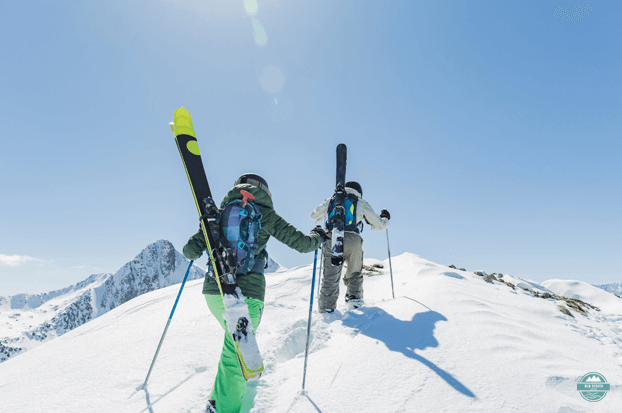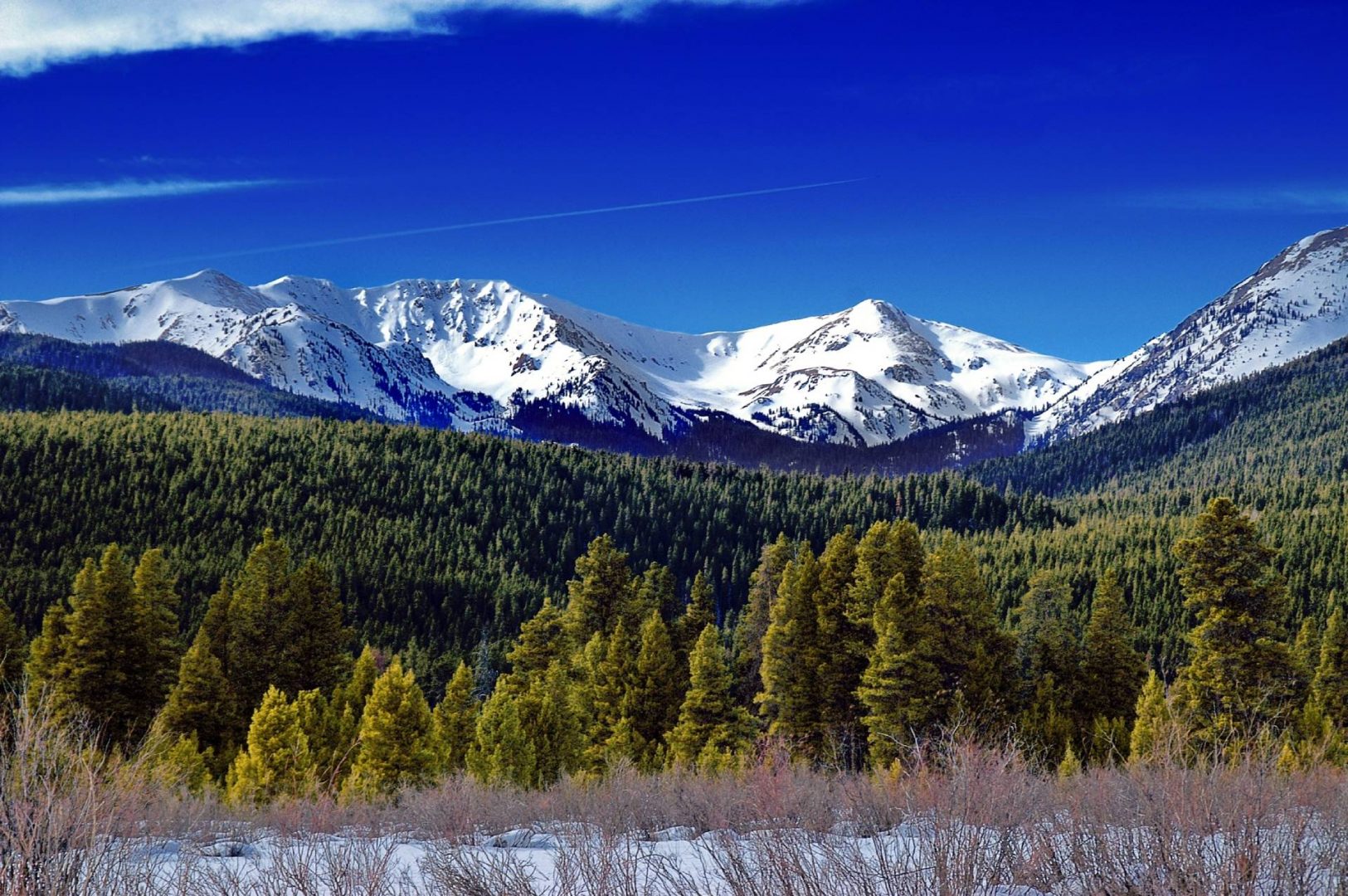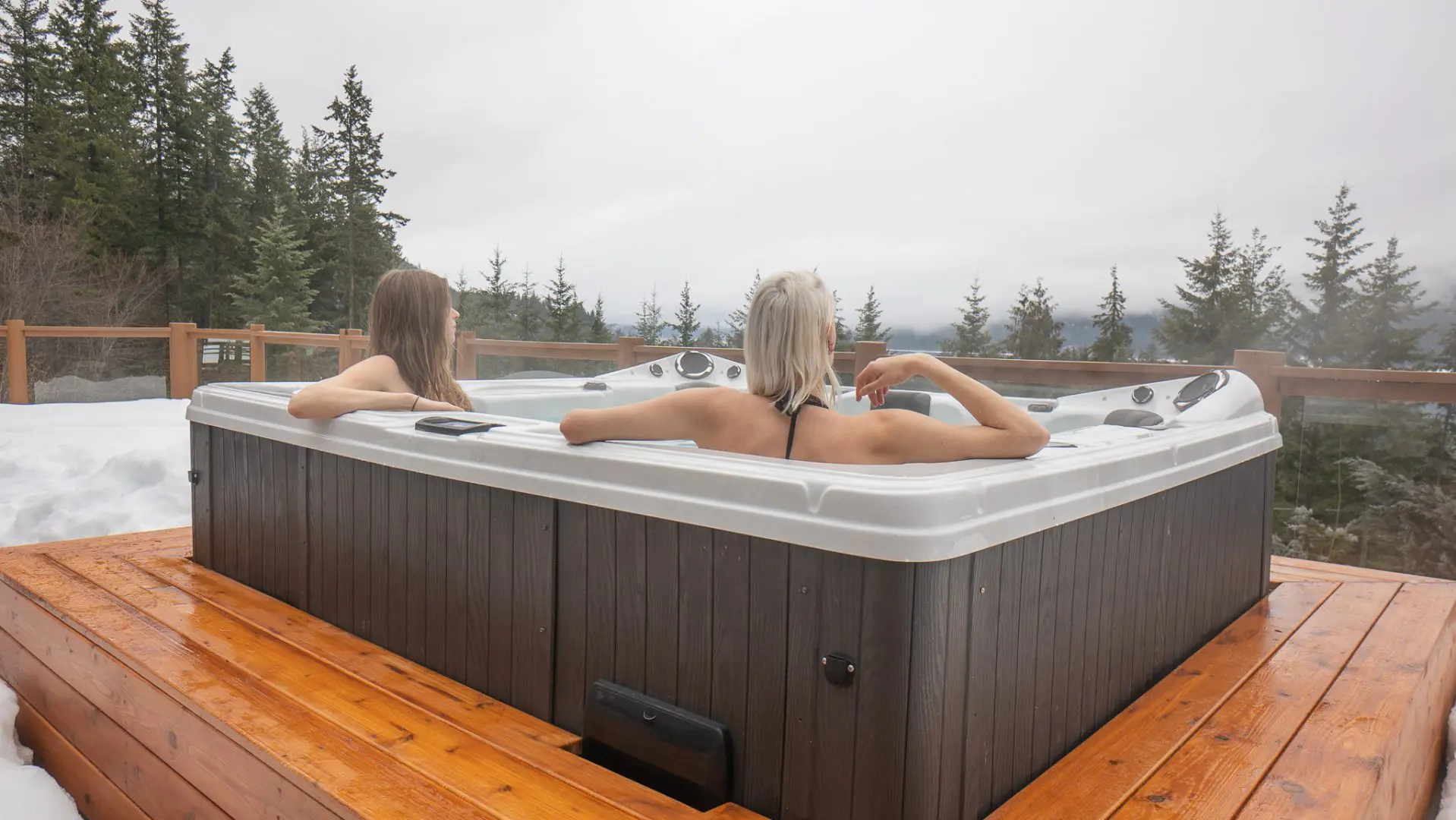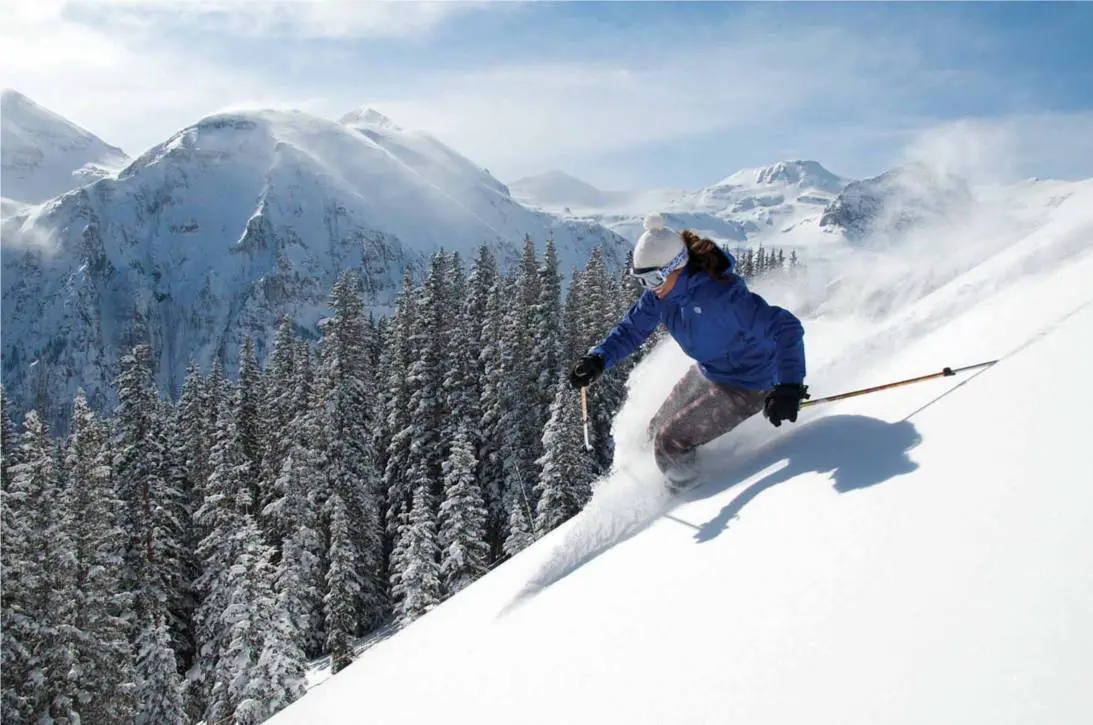Backcountry skiing is a once-in-a-lifetime adventure for individuals who seek the thrill of being immersed in an outdoor landscape covered in snow. Backcountry skiing typically involves a challenging climb to the top of a mountain and the exhilaration of a rapid descent after a grueling ascent. The exciting sport also offers seasoned explorers a unique approach to encountering the world’s uncharted landscapes. Here are some crucial backcountry skiing tips to help you prepare for your backcountry skiing adventure.
What Is Backcountry Skiing
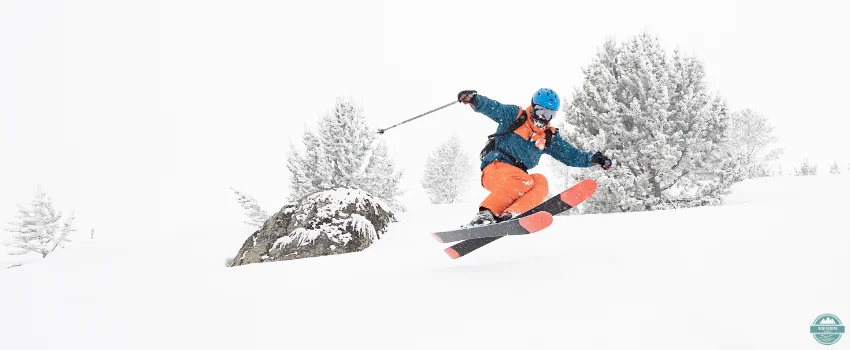
Backcountry skiing is when skiers and riders venture beyond the confines of a resort or defined skiing boundaries. Backcountry skiing mainly consists of touring and traversing mountains in remote wilderness areas and then skiing down them. Skiers with more experience in the backcountry might plan a multi-day camping and backcountry ski excursion in a remote alpine area.
How To Start Backcountry Skiing
Before trying backcountry skiing, one must first learn the basics of skiing. Although the number of preparations required before venturing into the wilderness may seem daunting, this overview should help you get started.
1. Master your avalanche awareness training.
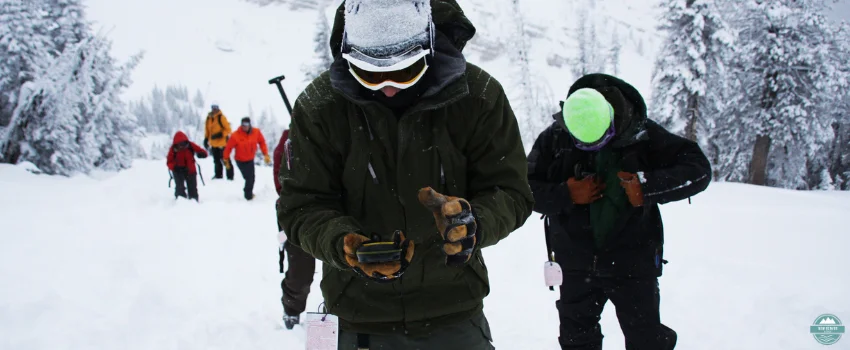
Basic awareness training is where people begin when learning about avalanches. It’s a conversational, hour-long presentation in various sporting goods stores and serves as a helpful guide for skiers and hikers to learn about snow conditions and identify avalanche risks. The course is based on giving practical experience, and at least 50% of the 24-hour Level 1 avalanche course is spent in the field.
2. Familiarize yourself with your gear.
If you are new to backcountry skiing, one of the most vital skiing tips for beginners is to familiarize yourself with your primary skiing equipment. Learn the ins and outs of your equipment, like boots, bindings, and skins. Check over your gear, learn how to fix it in case anything goes wrong while skiing, and practice putting on and taking off your skins.
3. Establish and maintain a reliable safety procedure.
Your ski trip preparations should include establishing and adhering to a thorough safety procedure, which you should follow no matter the conditions.
Before setting out, familiarize yourself with your equipment and bring a first aid and repair kit. You should always be prepared with a game plan and stick to it, whether you’re a novice or a seasoned skier.
4. Hire a guide for your first backcountry ski trip.
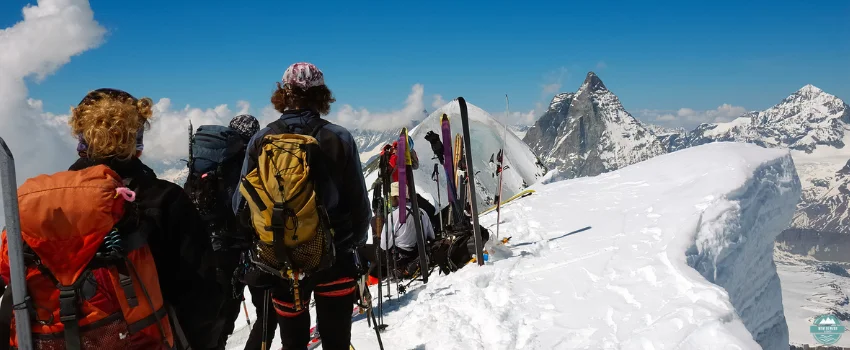
It’s best to err on the side of caution while venturing into the wilderness for the first time. If you want to ski in the backcountry, you should learn how to do it or get some friends who share your passion and split the cost of a guide.
Having a mountain guide who is familiar with the area, has significant expertise, and has attended numerous training sessions can help ensure your safety. By hiring a professional guide, you’ll learn more and feel safer.
5. Learn how to keep your emotions and motivations in check.
You need to keep your cool if you want to enjoy the thrill of backcountry skiing while minimizing risk exposure. You can gain confidence in your skills by spending time in the mountains and doing lots of planning and research.
In addition, you may find numerous social media groups where you can connect with like-minded people and read various articles to motivate yourself.
6. Choose the correct ski-touring partner.
Travel companions may make or break an adventure. It is best to travel with someone who shares your interests, fitness level, and willingness to take risks and who, ideally, has more experience than you.
Someone dependable, good at communicating, cooperative, and fun to be around, makes for a great ski buddy. When you have your team together, it’s time to list the supplies everyone will require, including things like first aid kits and tools.
7. Dress appropriately.
The best way to stay comfortable and dry in cold weather is to wear a base layer to wick sweat away from your skin, an insulating layer like a fleece sweater or down jacket, and an outer shell to ward off wind and rain. Stay away from cotton because it quickly soaks up water and won’t dry out for a long time.
8. Pack the essential items.
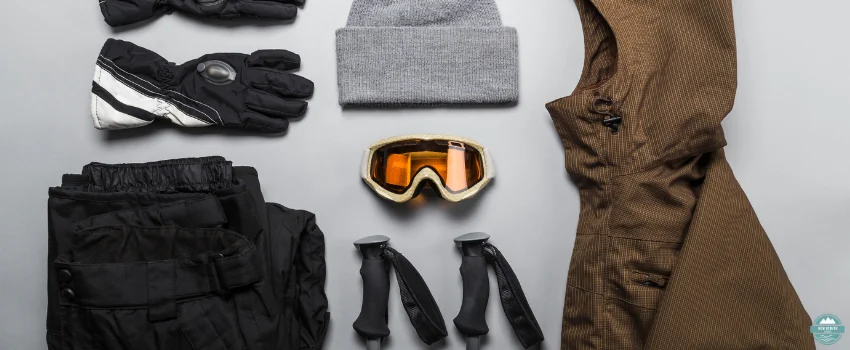
If this is your first-time backcountry skiing, you’ll want to bring gear suitable for both the slopes and the ascent. First, get the essential items, and then you can add on the extras:
- Ski, Skins, Poles
- Transceiver, Probe, and Shovel
- Clothing
- Gloves
- Face mask and Beanies
- Goggles and Sunglasses
- Helmet
- Sun protection
- GPS, Map, and Compass
- Light and Heat Sources
- First-Aid Kit
- Repair Kit
- Emergency Shelter
- Food and Water
- Emergency Communication Device
9. Take the time to research and prepare.
Considering that you’ll be traveling across uncharted terrain, you must be well-versed in the local weather forecast and avalanche danger levels. Both you and your travel companion should familiarize yourselves with the area before setting out.
In addition to Google Earth, other valuable resources for ski touring include guidebooks, maps, blogs, online communities, ATES maps, and so on. Remember that it’s best to know the basic backcountry skiing tips before you hit the slopes.
Key Takeaway
Backcountry skiing provides many experiences we want in modern life, including time alone in nature, mental and physical challenges, and a closer relationship with the environment. However, the most life-altering part of backcountry skiing is how it forges a link to nature while simultaneously providing a means of escaping from everyday life. Resort skiing might be very anaerobic, but backcountry skiing and snowboarding are where you’ll gain strength and stamina while experiencing exhilarating scenery and an unparalleled closeness to nature.
Try a new outdoor adventure with New Denver Lodge.
Nothing beats the adrenaline of a brand-new adventure, especially when it takes place in your favorite place on Earth. You only live once (YOLO), so why not do what makes you happy and make the most of every moment? Backcountry skiing in British Columbia is a fantastic experience for those who enjoy the thrill of skiing in deep powder, braving the elements, and a strenuous physical challenge.
One area renowned for its terrific backcountry skiing is the Kootenay district. Then when you finish skiing, there’s no better place to wind down and relax than New Denver Lodge. Call us now and book New Denver Lodge!


